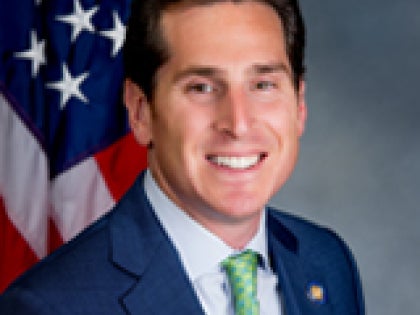
Congestion Pricing: Mass Transit Savior or Tax on the Working Class?
New York is poised to put in place the country’s first congestion pricing plan, which would charge drivers entering the busiest stretches of Manhattan.
Many supporters and critics rely on neat, simple talking points when debating the proposal, which would help pay for repairs to the city’s subway system.
So we spoke to two state lawmakers with more nuanced views: Senator Todd Kaminsky, a Long Island Democrat, and Assemblywoman Aileen Gunther, a Democrat representing an area northwest of New York City.
Mr. Kaminsky:
A Newsday article said you oppose the current bill.
The current version. I think we’ll be able to get to a good version that both helps the region and helps Long Islanders.
What I’ve asked for, and what the Long Island senators have asked for, is a dedicated revenue stream outside of congestion pricing to fund infrastructure improvements to the Long Island Rail Road.
You’re asking people to get out of their cars, then the mass transit needs to work better. The railroads had its worst on-time record in nearly two decades. It’s a mess.
Is congestion pricing a tax on low-income and working-class people?
Long Island people driving into the city, who are already paying a good amount to live on Long Island and commute, would certainly not see it favorably. I don’t know if they use the “tax” word. I don’t think anyone’s asking for this on Long Island. The question is, can there be a commensurate benefit to balance it?
Someone suggested an exemption for New York City residents.
[Laughs] I think different people have different regional needs.
Is there a way to make congestion pricing just for the rich? Can only luxury vehicles be charged?
The only specific on vehicles that has been brought up is an exemption for motorcycles.
I’m sure the motorcycle lobby is happy about that.
I was trying to think of a joke about popping a wheelie.
When people reflect in five years, what will this look like?
I think this is going to be commonplace in a lot of cities.
